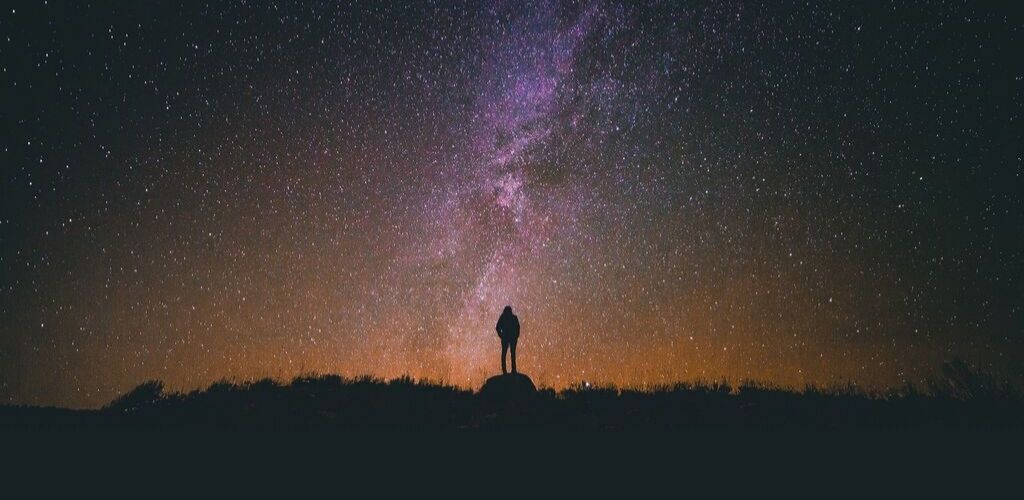
The end of summer and the beginning of autumn allow you to observe many celestial wonders. Here are a few of them.
Click on your location: Northern hemisphere | Southern hemisphere
Northern hemisphere
Star map from August to September in the Northern hemisphere
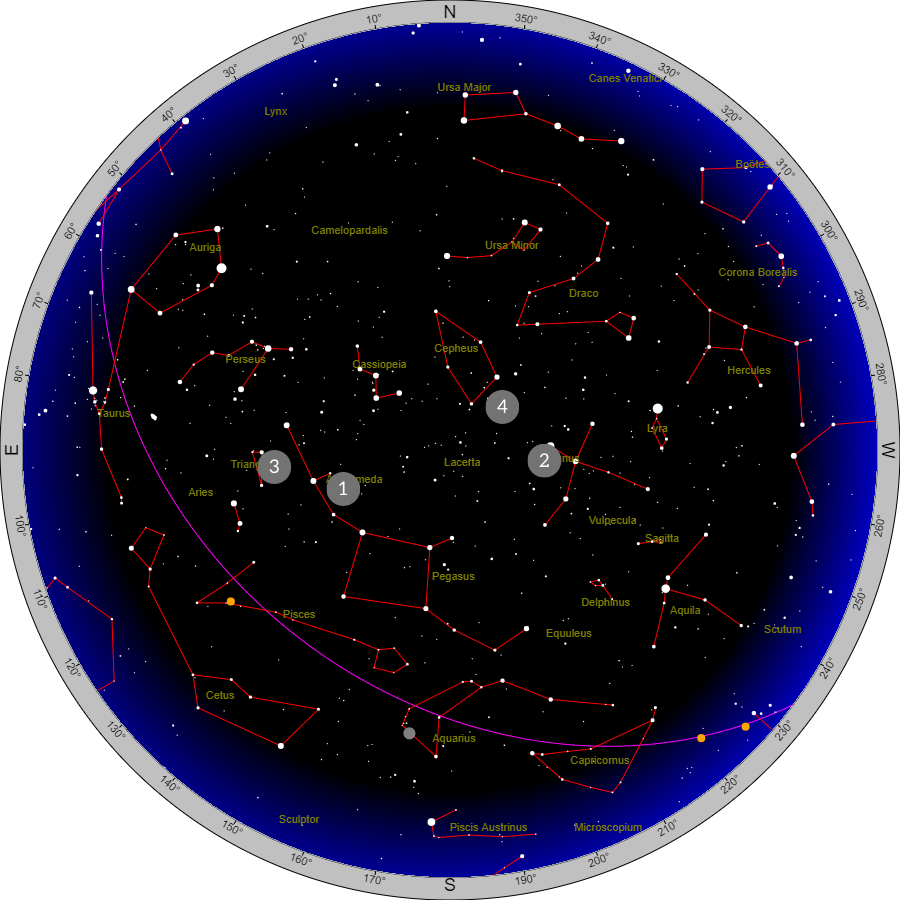
1) Andromeda Galaxy
Observation hours: one to two hours after sunset until dawn.
Messier 31, or Andromeda galaxy, is the most famous galaxy in the night sky. M31 is visible to the naked eye. The Andromeda galaxy has the shape of a faint light spot. Binoculars will allow you to distinguish its shiny core. It is 2.5 million light years away from us and contains around 400 billion stars, twice as many as our galaxy.
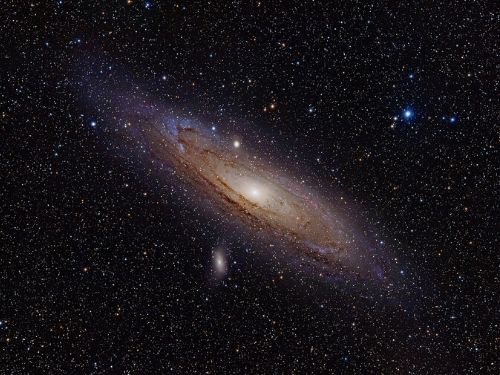
2) M38 open cluster
Observation hours: from sunset to early morning.
This open cluster is located near the star Deneb, in the Cygnus constellation. It is one of the closest star clusters, about 825 light years away. It would be 200 to 300 million years old and it contains about thirty stars in a diameter of 7 light years. We can distinguish it with the naked eye from a place without light pollution or with binoculars.
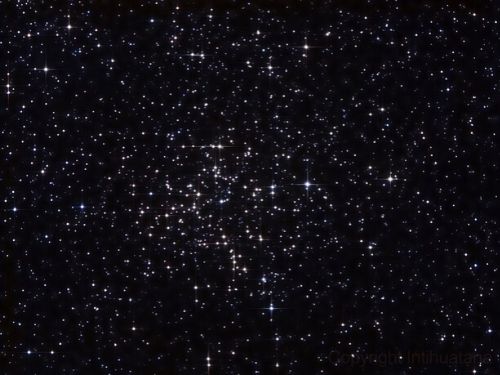
3) The Triangulum Galaxy (M33)
Observation hours: an hour or two before and after midnight.
M33 is difficult to spot and observe due to its low surface brightness. It is clearly visible in long exposure photographs. Through a telescope, it looks like a foggy spot. Located about 2.7 million light years away, it is the third most massive galaxy in the local group, which includes the Andromeda Galaxy and the Milky Way.
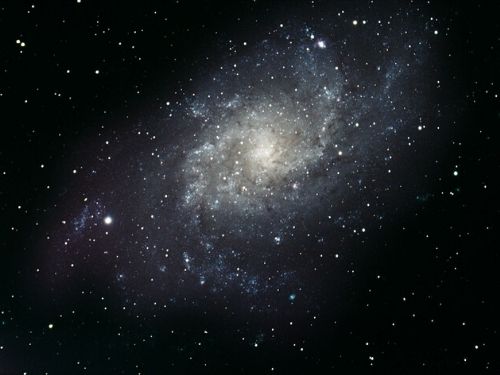
4) Elephant’s Trunk Nebula (IC 1396)
Observation hours: all night.
IC 1396 is located in the Cepheus constellation. This dense gaseous cluster is lit by a very bright massive star. The observation of this region of star formation makes it possible to observe very young and very hot stars. The nebula is not visible to the naked eye, but appears clearly in photographs obtained after long exposure.
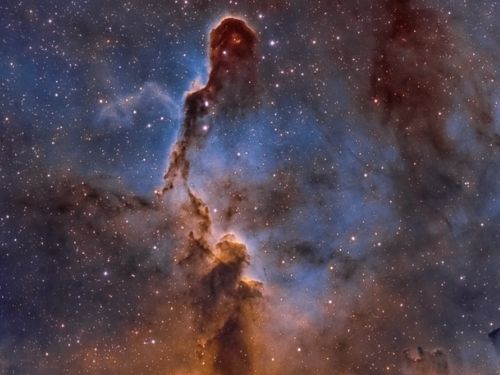
Southern hemisphere
Star map from August to September in the Southern hemisphere
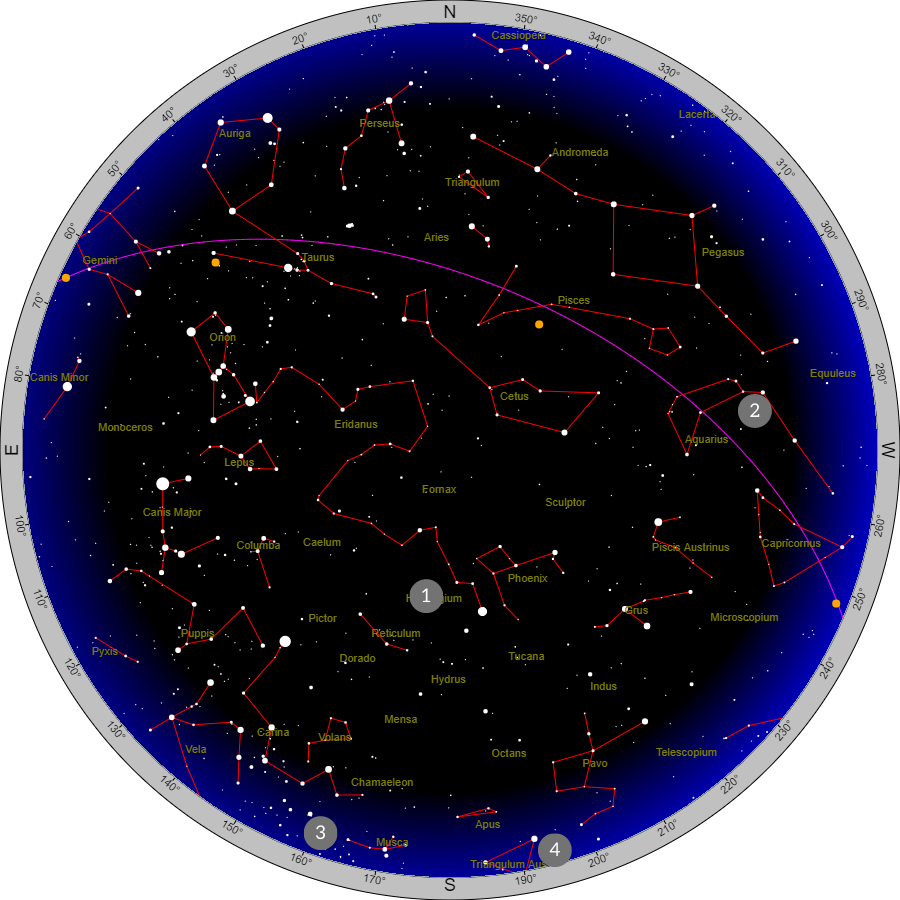
1) NGC 1261 globular cluster
Observation hours: throughout the night.
Globular clusters are agglomerates of stars that orbit around the plane of the Milky Way. NGC 1261 has an apparent magnitude of 8. However, it can be viewed using binoculars or a small telescope. Located in the Horologium constellation, its age is estimated at 12 billion years, its stars being among the oldest in the universe.
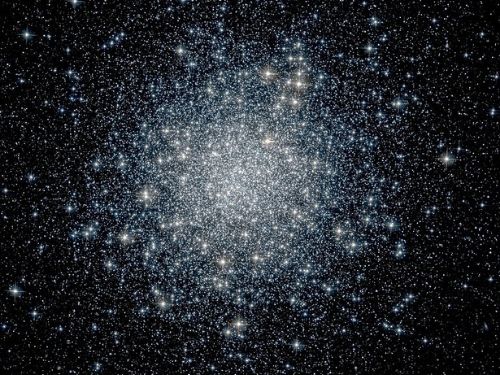
2) M2 globular cluster
Observation hours: all night.
From a place without light pollution, M2 is visible to the naked eye. But you will see it better with binoculars or a small telescope. It is one of the most extensive globular clusters, measuring 175 light years. It is said to contain around 150,000 stars and is 13 billion years old. Cataloged by Charles Messier in 1760, this cluster is 37,500 light years from Earth.
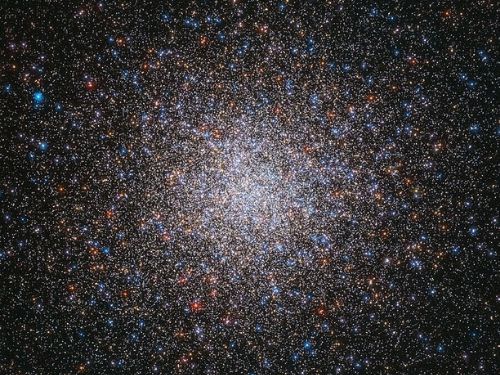
3) NGC 3532 open cluster
Observation hours: all night.
Also known as Pincushion Cluster or Football Cluster, NGC 3532 is about 1320 light years away. It contains 150 stars of magnitude 7 or less. Binoculars or a small telescope are necessary to see it clearly. It was cataloged by Nicolas Lacaille in 1755 and was the first celestial object to be observed by the Hubble space telescope in 1990. John Herschel considered it one of the most irregular clusters of the starry sky.
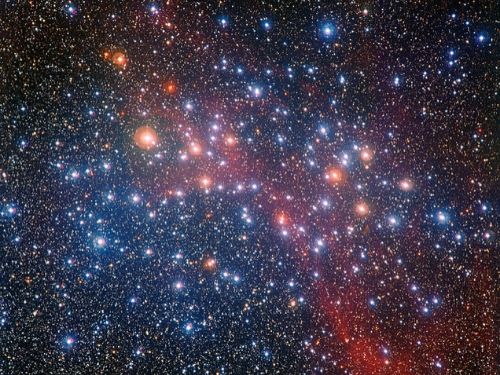
4) NGC 6188 emission nebula
Observation hours: all night.
This nebula is in the Altar constellation. This region is associated with the NGC 6193 open cluster. If the cluster can be seen with the naked eye, the nebula is only visible by long exposure photography. Distant from Earth by 4,000 light years, it extends over 600 light years in diameter.
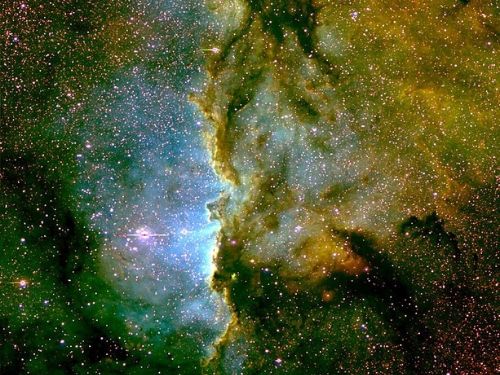
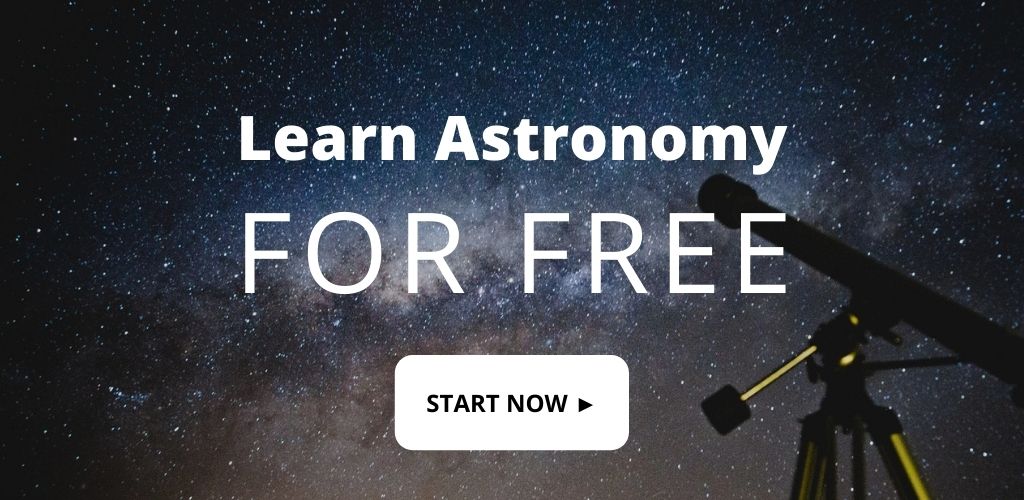
Image credits
- Andromeda Galaxy: Adam Evans / CC BY (https://creativecommons.org/licenses/by/2.0)
- M38 open cluster: Miguel Garcia / CC BY-SA (https://creativecommons.org/licenses/by-sa/4.0)
- The Triangulum Galaxy (M33): Kanwar Singh / CC BY-SA (https://creativecommons.org/licenses/by-sa/4.0)
- Elephant’s Trunk Nebula: Chuck Ayoub / CC BY-SA (https://creativecommons.org/licenses/by-sa/4.0)
- NGC 1261 globular cluster: Lithopsian / CC BY-SA (https://creativecommons.org/licenses/by-sa/4.0)
- M2 globular cluster: ESA/Hubble / CC BY (https://creativecommons.org/licenses/by/4.0)
- NGC 3532 open cluster: ESO/G. Beccari / CC BY (https://creativecommons.org/licenses/by/4.0)
- NGC 6188 emission nebula: Rbarba / CC BY (https://creativecommons.org/licenses/by/3.0)